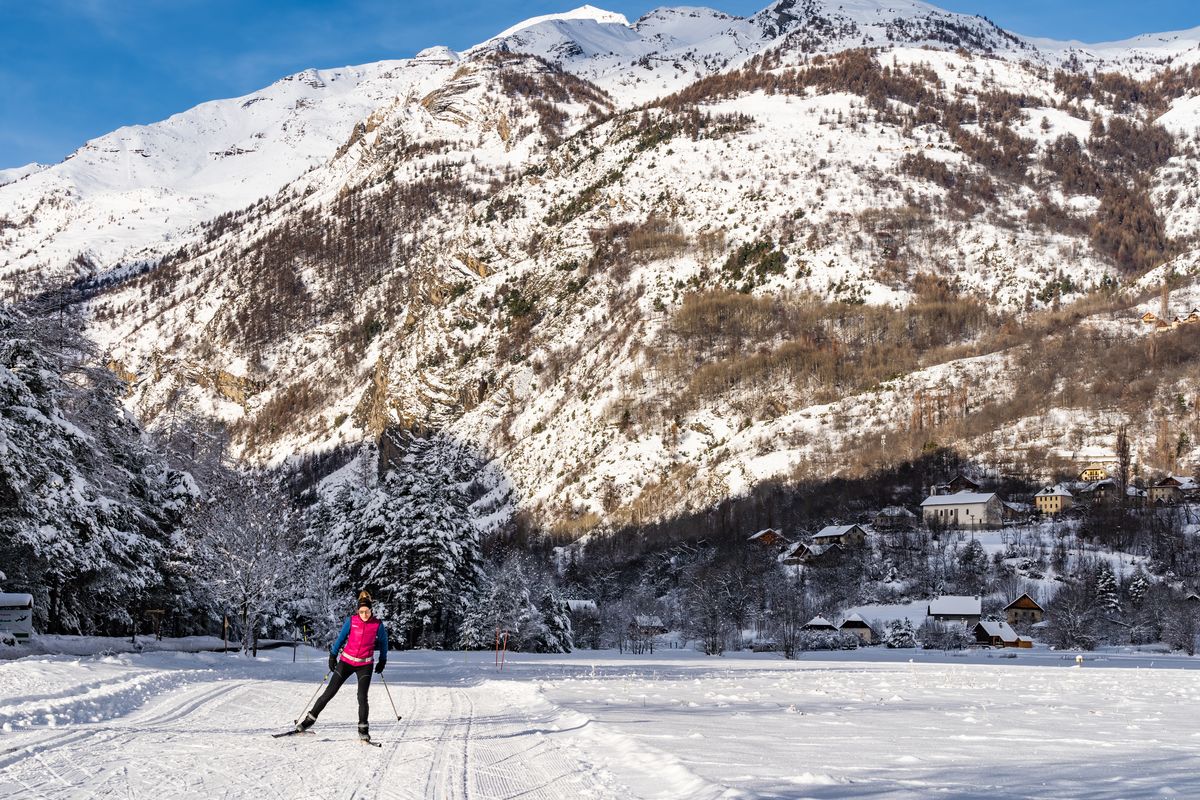
Track no. 1: La Grande Plaine
Description
2.8km loop from the parking lot at the bottom of the valley - approx. 20m elevation gain
A flat, sunny circuit in the heart of the Freissinières valley.
Please note that the circuit is possible in skating or classic technique (alternative).
Description:
Once you've reached the parking lot at the bottom of the valley and your Pass in your pocket, head up the Freissinières plain towards the hamlet of Le Plan.
The trail loops back down to the left bank of the Biaysse and returns to the starting point.
- Towns crossed : Freissinières
Recommandations
→ Cross-country ski trails are groomed, marked and secured. Access is subject to a fee and reserved for Nordic skiers.
→ You use these trails under your own responsibility: find out about weather conditions, trail closures, don't overestimate your possibilities.
→ Respect the signs: trail directions, dangers, prohibitions, closures.
→ Dogs are forbidden on cross-country ski trails.
→ It is dangerous and forbidden to use the pistes outside opening hours (presence of grooming equipment).
→ Take your garbage with you
Please note that tours are possible in skating or classic technique (alternative).
Conditions are very pleasant all day long in winter. However, from March onwards, it's best to practice in the mornings, as some of the pistes can be quickly exposed to the sun.
Cross-country ski passes can be purchased at the Chalet nordique. Don't forget to bring your trail map!
Please note: this information is for guidance only. It is your responsibility to check the weather report and conditions before you set off. The Tourist Office and the Parc national des Écrins cannot be held responsible in the event of an accident. If you have any doubts, please contact the professionals: instructors or equipment hire companies.
Emergency contact details: Secours Montagne: 04 92 22 22 22 or 112
7 points of interest
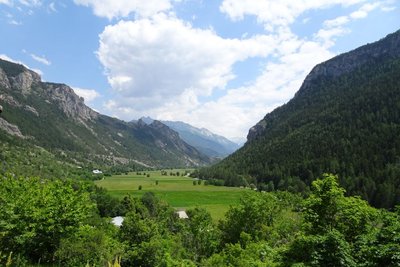
La vallée de Freissinières - Office de tourisme Pays des Écrins  History
HistoryThe Freissinières valley
The valley was created as the result of glacial overdeepening, that is to say, when the glacier came to a halt against the Pallon hard rock bar, it created a depression. When the glaciers retreated, a lake was left behind this rock bar and was gradually filled up by alluvial deposits. From a historical point of view, the Protestant pastor Félix Neff fundamentally altered life in the valley in 1826 by founding a training college for primary school teachers, developing irrigation processes and teaching new crop growing methods, among other things…
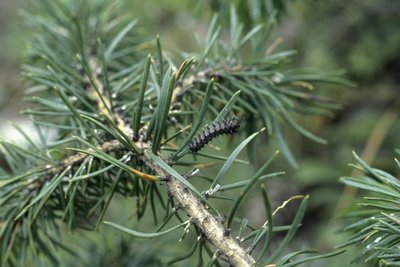
Aiguilles de pin sylvestre - Christian Baïsset - Parc national des Écrins  Fauna
FaunaThe black pine
The black pine did not arrive here of its own accord. It was introduced by the National Forestry Agency and was planted to stabilise eroded mountain areas. It can be identified by its long needles which are grouped in pairs and by its large cones.
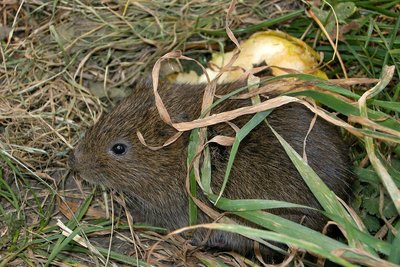
Un campagnol amphibie - Damien Combrisson - Parc national des Écrins  Fauna
FaunaThe southern water vole
Flattened paths through the reeds, and holes 6 to 7 cm in diameter... the southern water vole has been here! This large rodent with dark brown fur on its back digs its burrow in the banks of the stream. This species, which lives close to water, causes no damage to crops. Not a prolific breeder, its numbers are low and it is threatened with extinction.

Goodyère rampante - Marie-Geneviève Nicolas - Parc national des Écrins  Flora
FloraThe creeping lady’s-tress
This inconspicuous little orchid grows on moss, in the undergrowth of the pine forest. Growing at the base of the stem, its leaves are oval and pointed, with a network of veins. The upright stem only bears a few scales. Covered in a fine down, the white flowers are arranged in the form of a spiral spike, facing the same way. A little gem that is worth keeping an eye out for!

Un sapin pectiné - Mireille Coulon - Parc national des Écrins  Flora
FloraThe European silver fir
The fir thrives on this north-exposed slope, called the ubac. Its needles have two white stripes on their undersides. They are arranged on either side of the boughs, and not all the way around them, which distinguishes it from the spruce. The elongated cones stand upright, rather than hanging downwards. They grow in large number, often mingling with larch trees under whose shade they can grow. By contrast, the larch - the "tree of light" - cannot grow under the cover of fir trees.
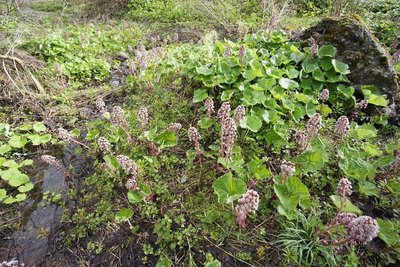
Pétasite hybride - Ludovic Imberdis - Parc national des Écrins  Flora
FloraThe petasites hybridus or butterbur
The ditches on the Freissinières plain are edged by a plant with very broad leaves: the petasites hybridus or butterbur, also called the devil's hat in French. In Ancient Greek, the petasos was a round felt hat. Nobody knows whether the devil wears this hat, but the plant is certainly used as a herbal remedy. Very common in the lowlands, it is quite rare in the Pays des Écrins although other species of petasites do grow at higher altitude.
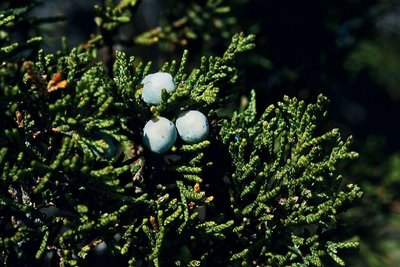
Le genévrier sabine - Bernard Nicollet - Parc national des Écrins  Flora
FloraThe savin juniper
A low spreading shrub, the savin juniper is very common in stony meadows and uncultivated land on warm slopes. Its dark, matte green leaves in the form of small scales, overlap along the branches. So it isn't spiky... but you still need to be cautious as it is very toxic. For seasoning dishes, better to gather the fruits of the common juniper!
